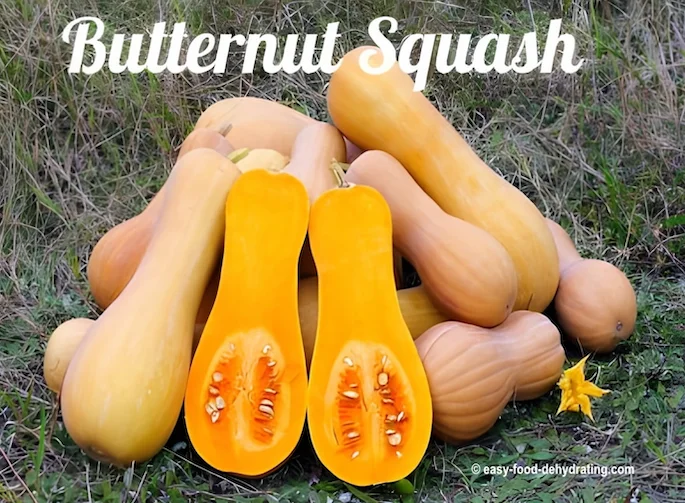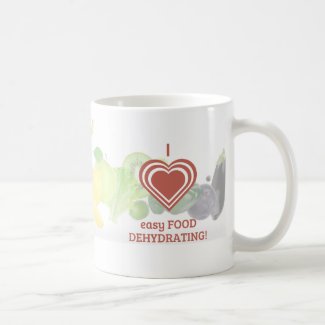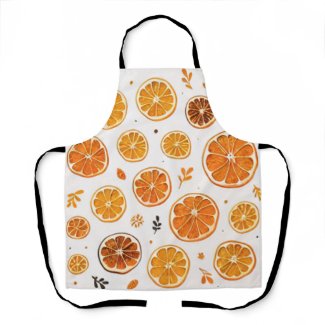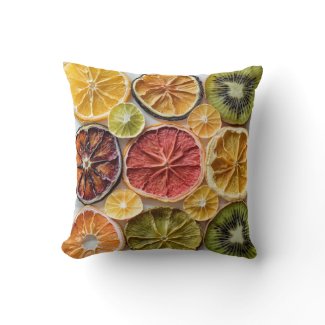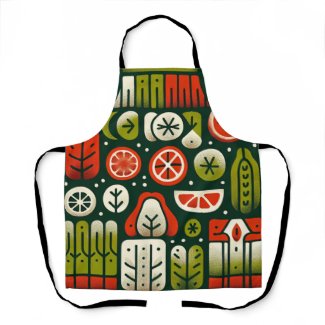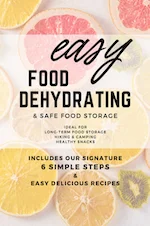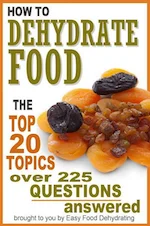How to Dehydrate Vegetables

Susan Gast | Author and blogger at Bored Boomers, Beesville Books, A New Sober You and Easy Food Dehydrating
Here’s how to dehydrate vegetables—the easy way! Below, you’ll find our top choices, and I keep adding more, so bookmark this page for updates.
Dehydrating vegetables is an excellent way to preserve fresh produce from your garden, grocery store, or even frozen varieties. Not only does it extend shelf life, but it also keeps more nutrients intact compared to refrigeration. Plus, having dehydrated vegetables on hand ensures healthy snacks all year round!
💡 Bonus: See our guide on how many veggies you need to fill a 4-tray dehydrator!
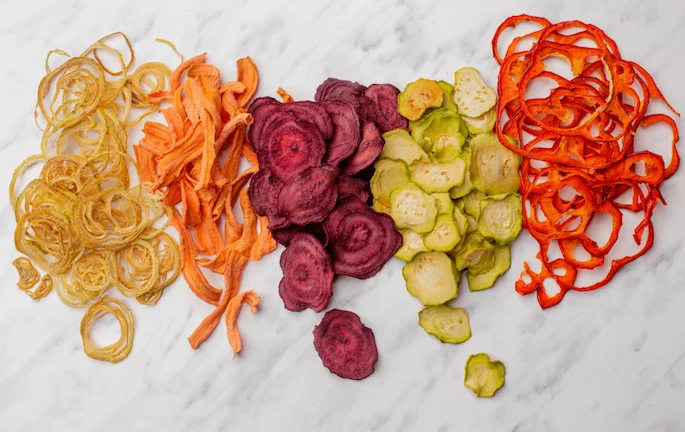
Click to Learn About Specific Vegetables
Click any image below to learn how to properly dehydrate each vegetable:
Frequently Asked Questions
How do you dehydrate vegetables?
How do you dehydrate vegetables?
You’re in the right place to learn! Below, I’ll walk you through everything you need to know about dehydrating vegetables efficiently.
Can you make veggie chips by dehydrating vegetables?
Can you make veggie chips by dehydrating vegetables?
Yes! Dehydrating vegetables into crispy, flavorful chips is easy at home.
Best Vegetables for Chips:
- Root Vegetables: Sweet potatoes, beets, carrots, parsnips
- Other Good Options: Zucchini, kale, green beans, okra, eggplant, chickpeas
Prep Tips:
- Wash thoroughly and peel (optional, but skins add fiber).
- Slice thinly and evenly for consistent drying.
- Pat very dry before dehydrating.
- Lightly oil slices and season as desired (salt, chili, garlic powder, onion, ranch, etc.).
Dehydrating Process:
- Set dehydrator to 135°F (57°C) for 6-10 hours.
- Flip chips midway through drying.
- Chips are ready when fully crispy with no moisture left.
Storage Tips:
- Let cool completely before storing.
- Use airtight containers with oxygen absorbers for maximum crispness.
Enjoy your homemade veggie chips as healthy snacks, salad toppers, or party appetizers!
How to Dehydrate Vegetables – 3 Methods
You can dehydrate vegetables using one of these methods:
- Air Drying – Traditional method, best for dry climates.
- Solar Drying – Requires a solar food dryer or hot sun exposure.
- Electric Dehydrator – The best option for consistency, efficiency, and ease.
✔️ Pro Tip: If you’re serious about dehydrating, an electric dehydrator is the way to go!

Can You Dehydrate Frozen Vegetables?
Yes! It’s often easier to dehydrate frozen vegetables than fresh ones.
- Frozen veggies are already blanched, meaning you can skip that step!
- Dehydration time is shorter for frozen veggies.
- Best choices: Corn, peas, green beans, broccoli, bell peppers, carrots, and tomatoes.
Dehydrating Steps:
- Thaw vegetables slightly before placing them on dehydrator trays.
- Spread in a single layer for even drying.
- Dehydrate according to individual vegetable guidelines.
- Check for doneness after 6 hours.
Using Frozen Veggies? Got Clumps?
💡 Tip: Before opening the bag, gently shake it on the counter to break up frozen clumps. If needed, let the bag sit in the sink for 30 minutes to soften slightly.
How to Blanch Vegetables Before Dehydrating
Some vegetables require blanching to retain color, texture, and nutrients.
Vegetables That Need Blanching Before Dehydrating:
🥦 Broccoli, 🥕 Carrots, 🥬 Kale, 🌶️ Peppers, 🥔 Potatoes
Blanching Steps:
- Bring a pot of water to boil.
- Dip vegetables for 2-3 minutes.
- Immediately transfer to an ice water bath to stop cooking.
- Pat dry before placing in dehydrator.
Using Lemon Juice (or Ascorbic Acid)
Certain vegetables, like carrots, apples, and potatoes, need a quick lemon juice spray before dehydrating to prevent browning (oxidation).
Lemon juice also helps prevent bacterial growth during drying.
How to Tell When Vegetables Are Fully Dehydrated
- They should be completely dry and brittle.
- Vegetables shouldn’t stick together.
- Test: Let them sit in an airtight container overnight (this is called "conditioning").
✅ If moisture appears, continue dehydrating.
✅ Store in vacuum-sealed bags or airtight jars.
Dehydrating Vegetables for Backpacking
🥾 Backpackers love dehydrated vegetables! They’re lightweight, nutritious, and easy to prepare.
🔹 Choose firm, ripe vegetables.
🔹 Slice thinly for quicker drying.
🔹 Store in lightweight, resealable bags.
Dried veggies make a great backpacking snack that is both nutritious and delicious.
Are Dehydrated Vegetables Safe for Dogs?

🐶 Yes! Dehydrated vegetables are a great fiber-rich snack for dogs.
🚫 NEVER feed dogs onions or garlic—they are toxic!
Best choices: Carrots, sweet potatoes, green beans, and pumpkin.
Choosing the Right Dehydrator
✔️ Pick a size that fits your counter space & family needs.
✔️ Look for adjustable temperature settings for best results.
✔️ Opt for a fan-assisted model for even drying.
How Long Do Dehydrated Vegetables Last?

Shelf life depends on storage:
- Fruits: 9-12 months
- Vegetables: 12-18 months
- Leafy greens: 4-6 months
For best results:
✔️ Store in airtight containers away from light & heat.
✔️ Use oxygen absorbers to extend shelf life.
Free Resource
Don't forget to grab your free Six Simple Steps eBook! It’s packed with tips for dehydrating everything from fruits and veggies to dog treats. Get it here.
Before You Go...
If you like the content, please give me some love by clicking on the 🩷 in the lower right hand corner (on just about all my pages). This signals to me that you find it enjoyable and useful. Thank you so much!



























